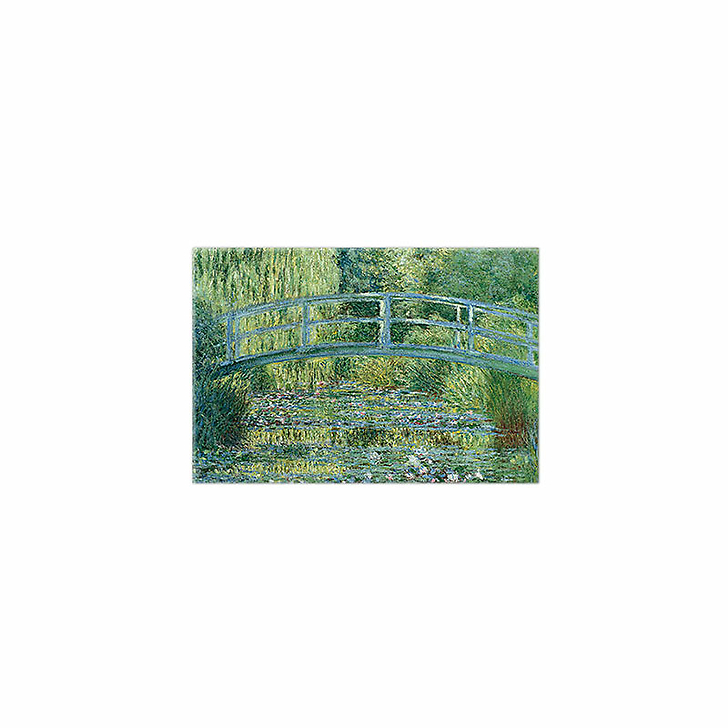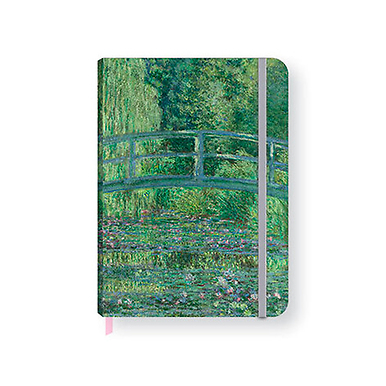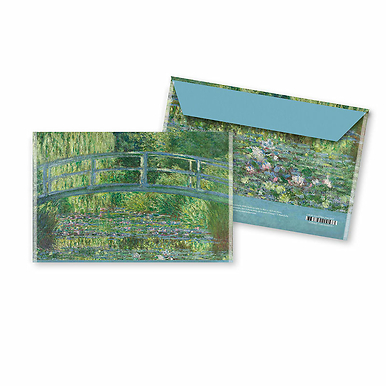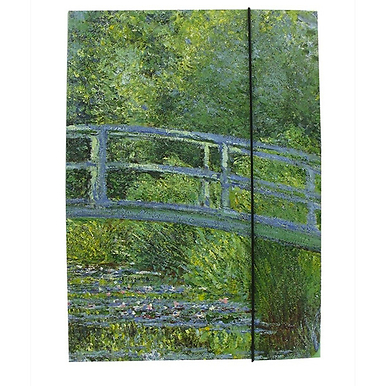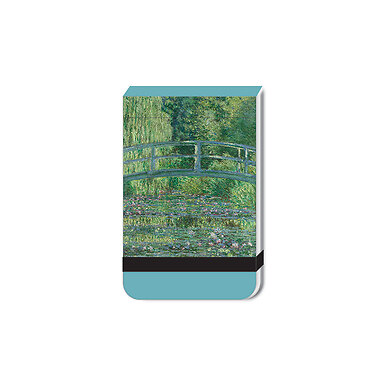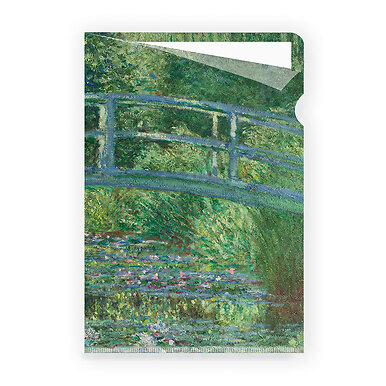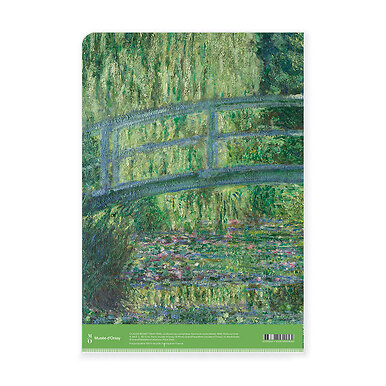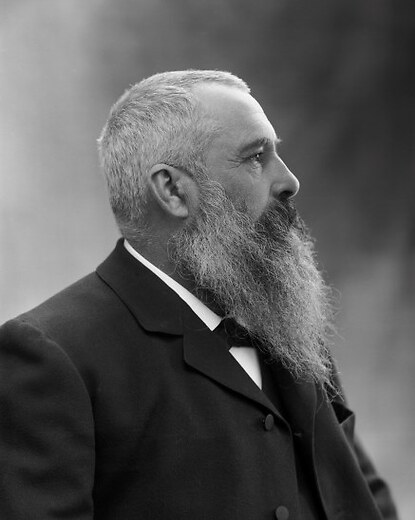
Magnet Claude Monet - The Water Lily Pond, Green Harmony
IS200059
Login to see prices
Sold by GrandPalaisRmn
Characteristics
- Dimensions
- 5,4 x 7,9 cm
- Artist
- Claude Monet (1840-1926)
- Art movement
- Impressionism
- Maintenance
- Store in a dry place
- Themes
- Landscape, Made in France
- Reference
- IS200059
- EAN
- 3336728206330
- Matière de l'article
- Metal alloys
- Package Dimensions
- 5cm x 8cm
- Diffusor
- BOUTIQUE GRAND PALAIS
- Distributor
- BOUTIQUE GRAND PALAIS
- Conservation museum
- Paris - Musée d'Orsay
